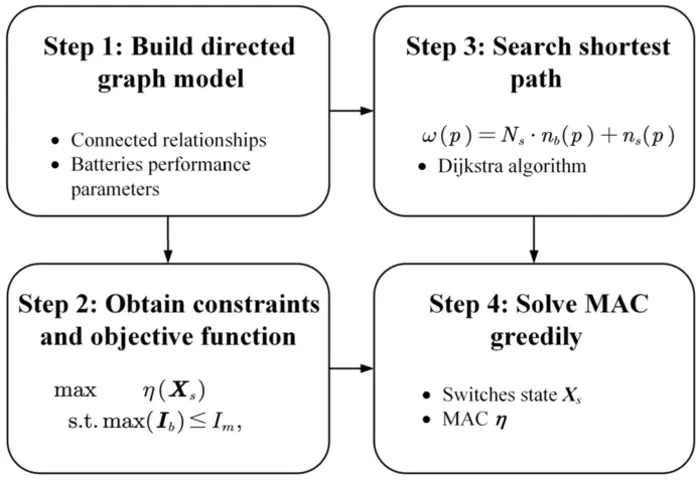The G-protein-coupled receptors are present in many neurological and psychological disorders thanks to the activation of G proteins. In addition to activating the G protein, they are also able to activate proteins responsible for other signalling routes, thereby achieving more than one effect at a time. These effects can be either beneficial or detrimental and for this reason controlling them by biasing the signal into the adequate direction is a therapeutic objective. One example of this type of therapy is chronic pain and therapy with opioid drugs. Morphine releases its therapeutic effects by binding to the μ-opioid receptor and activating the signalling route of the G-proteins, but also through the same receptor it produces the adverse effects through the β-arrestin route. A current research line found in pharmaceutical laboratories is the design of drugs which bind to the μ-opioid receptor specifically to activate the G-protein route.
The innovation in the design of new drugs must go hand in hand with the development of new theoretical frameworks which permit defining reliable measures for the pharmaceutical properties needing improvement. In the study, researchers delved deeper into the quantification of the bias of the biological signal through the inclusion of the receptors’ activity when not bound (constitutive activity or basal activity of the receptor). Thus, there is an increase in the pharmacological space accessible to the discovery and quantification of new drugs that are agonist, neutral antagonist and inverse antagonist (ligands which increase, do not alter or diminish the basal activities of receptors).
“Taking into account that for a specific receptor a signalling route could be linked to the therapeutic effects while another one can have adverse effects, the quantification of a biased signalling route of the receptors is fundamental for the design of more precise drugs with less side effects”, says Dr Jesús Giraldo, coordinator of the study and head of the Laboratory of Molecular Neuropharmacology and Bioinformatics of the UAB Institute of Neuroscience (INc). Dr Giraldo adds that “the next step will be to incorporate the model into the routine and systematic analysis of new drugs to verify its degree of validity in real situations”.
###
Media Contact
Jesús Giraldo
[email protected]
http://dx.





